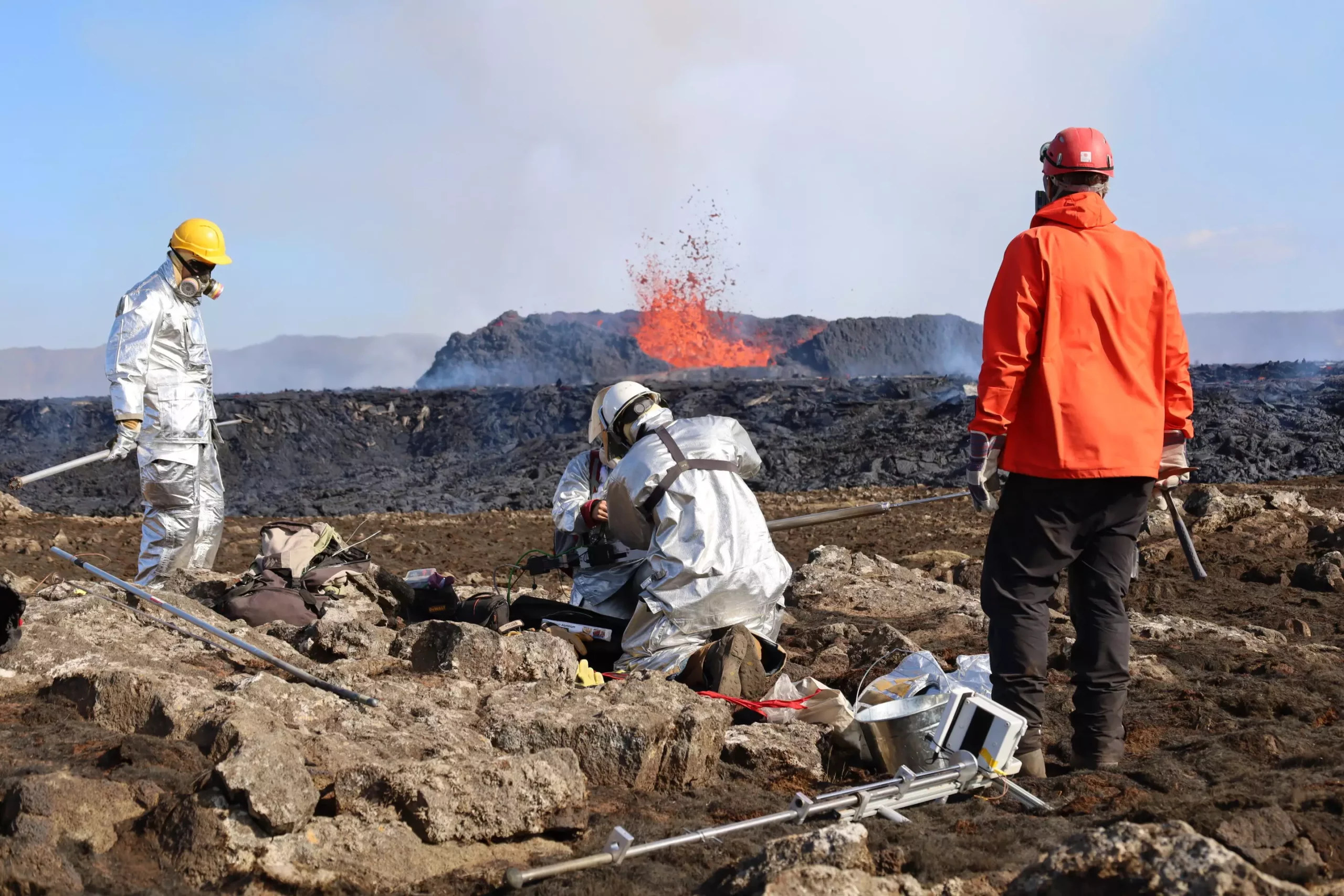Iceland is currently experiencing a series of volcanic eruptions on the Reykjanes Peninsula that have been ongoing since 2021. These eruptions have resulted in a state of emergency being declared due to the threat they pose to the densely populated region and vital infrastructure of the country. This article will delve into the potential long-term impact of these eruptions based on research conducted by a team of international scientists.
The Reykjanes Peninsula, where the eruptions are taking place, is home to 70% of Iceland’s population, the country’s only international airport, and various geothermal power plants. The recent eruptions have led to evacuations, economic disruption, and uncertainty for the residents of the affected communities. The proximity of the eruptions to the capital city Reykjavík further highlights the potential risks posed by these volcanic activities.
An international team of scientists has been studying the volcanoes on the Reykjanes Peninsula for the past three years. Through seismic tomography imaging and analysis of lava samples, they have uncovered some of the geological processes behind the new volcanic era. The researchers predict that the region may face recurring eruptions lasting for years to decades, and possibly even centuries.
Iceland sits on the Mid-Atlantic Ridge, a tectonic plate boundary that causes volcanic eruptions as the plates shift apart. The current eruptions on the Reykjanes Peninsula are believed to be driven by plate movement, but the exact magma storage and plumbing systems feeding these eruptions remain unidentified. By analyzing geochemical and seismic data, scientists aim to determine whether there is one shared magma source or multiple independent ones on the peninsula.
Isotopic analysis, focusing on elements like oxygen and hydrogen, can help differentiate between magma sources. By analyzing lava samples from different volcanoes on the Reykjanes Peninsula, researchers have identified similar magma “fingerprints,” suggesting a shared magma storage zone beneath the peninsula. The existence of a reservoir about 5.5 to 7.5 miles below Earth’s crust has also been inferred from imaging of local earthquakes.
The ongoing volcanic eruptions in Iceland present a unique opportunity for scientists to study actively erupting fissures. While the eruptions are less explosive than those in other countries, they provide valuable insights into the geological processes driving volcanic activity. The long-term impact of these eruptions remains uncertain, with the potential for recurring eruptions to continue for decades or even centuries.
The volcanic eruptions on the Reykjanes Peninsula in Iceland have raised concerns about the long-term impact on the country’s population and infrastructure. Through ongoing research and analysis of seismic and geochemical data, scientists are working to better understand the geological processes behind these eruptions. The unpredictable nature of volcanic activity means that the duration and frequency of future eruptions remain uncertain, highlighting the need for continued monitoring and research in the region.


Leave a Reply